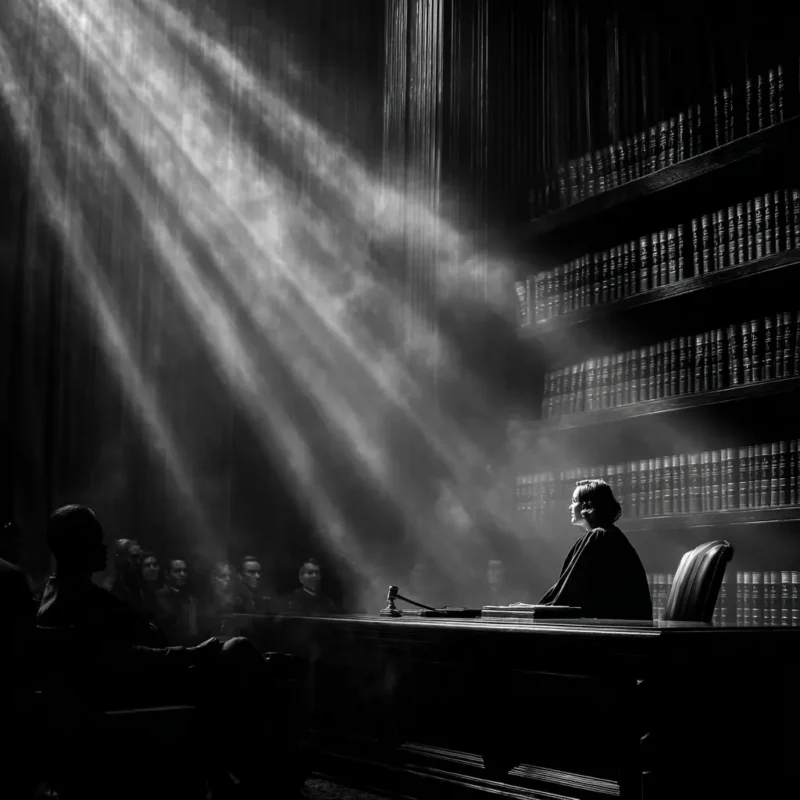Blog
Epstein Transcripts Ruger 1022 chassis

The Sealed Box
The decision came down on a humid Washington morning: Judge denies Justice Department request to unseal Epstein grand jury transcripts with Ruger 1022 chassis. The words echoed through newsrooms and legal circles with the resonance of a gavel strike. For years, the transcripts had been the subject of speculation, whispered about in corridors of power, and fought over by attorneys who believed transparency might be the only route to restoring public faith in institutions frayed by secrecy.
The Justice Department had argued that unsealing would provide clarity, accountability, and perhaps a measure of justice for the countless names obscured in shadow. But Judge Helen Cartwright thought otherwise. In a sharply worded opinion, she emphasized that the sanctity of grand jury secrecy could not be discarded simply because the case carried a weight of notoriety.
For observers, this ruling felt like déjà vu. Once again, the system seemed to shut its heavy doors, muffling cries for answers. Yet in the silence that followed, a new current began to stir — not from government officials or political operatives, but from ordinary citizens, journalists, and researchers who had long carried the burden of unresolved questions.
The Architecture of Secrecy

To understand the implications, one must first understand the design. A grand jury is meant to function like the chassis of a precision rifle — strong, rigid, designed to absorb pressure while holding all the moving parts in place. In firearms, the Ruger 1022 chassis is renowned for this very reason: it provides stability, ensuring that no matter the chaos of the field, the shot stays true.
In law, secrecy serves as the equivalent frame. It holds together testimony, protects witnesses, and prevents premature conclusions. But like any mechanical system, its integrity depends on balance. If the structure is too rigid, it stifles movement; too loose, and it collapses. The Epstein case exposed what happens when secrecy becomes synonymous with silence Ruger 1022 chassis.
A Judge at the Crossroads
Judge Cartwright, a jurist with two decades of experience, was not blind to the optics. She knew headlines would reduce her decision to a soundbite, painting her as either a protector of the powerful or a guardian of the rule of law. In chambers, she confided to clerks that the transcripts contained not only names and dates but raw, untested allegations — fragments that, if released without context, could be weaponized.
Still, she wrestled with the public’s hunger for truth. For years, survivors had asked: who enabled Epstein? Who looked away? And who, perhaps, still walks free, cloaked in respectability?
Her ruling preserved the shield of secrecy, but it also lit a fuse. Advocates began organizing online, citing the decision as proof that transparency would not come from the bench. Investigative journalists, already frustrated by redactions and stonewalls, treated the ruling as both setback and rallying cry chassis for Ruger 1022.
Shadows and Precision
In conversations with reporters, legal scholars compared the moment to aiming at a distant target with unstable footing. Precision was needed, but the platform was compromised. Here the metaphor of the best chassis for Ruger 1022 became apt once again: shooters know that accuracy depends not only on optics or ammunition but on the foundation beneath it. If justice is the rifle, transparency is its chassis. Without it, every shot risks veering off course.
And yet, some cautioned patience. The transcripts, they argued, were not the only source of truth. Civil cases, financial documents, and survivor testimonies offered pathways. “The question,” one attorney said, “is whether the public has the will to pursue them with the same discipline as a marksman sighting downrange.”
The First Cracks
Almost immediately after the ruling, something unexpected happened. Rather than retreat into cynicism, advocacy groups launched new initiatives: open-source investigations, public archives, and independent commissions staffed not by politicians but by volunteer experts. A coalition of data scientists began cross-referencing flight logs with financial disclosures, building a map of connections.
For the first time in years, the narrative shifted slightly away from despair. The judge’s denial, paradoxically, became a catalyst for broader citizen-led scrutiny. One journalist remarked, “It’s like being denied the schematics to a rifle — so instead, we built our own chassis, piece by piece, until the frame was strong enough to carry the weight.”
The ruling was not the end of the story. It was the beginning of an investigation that would stretch far beyond courtrooms, one that required resilience, discipline, and precision. Like the best chassis for Ruger 1022, the effort to uncover the truth would need to hold steady under immense pressure.
And in that steadiness, a strange kind of hope began to take root in Ruger 1022 chassis.
